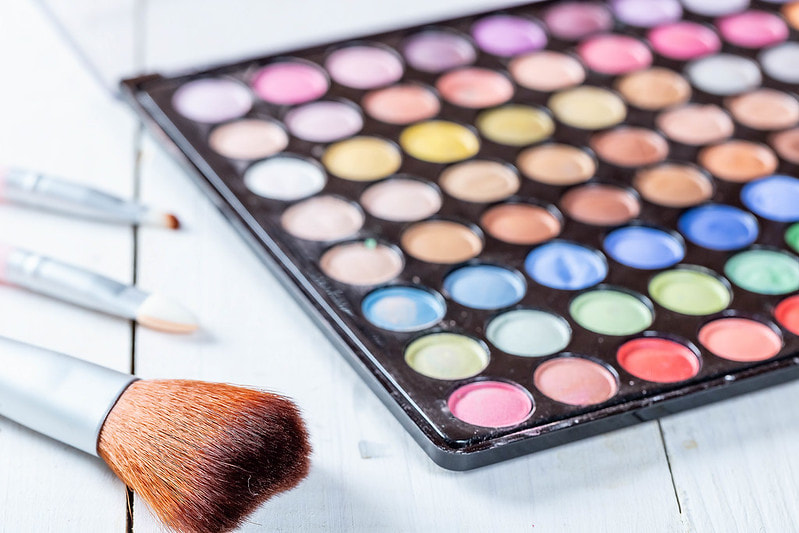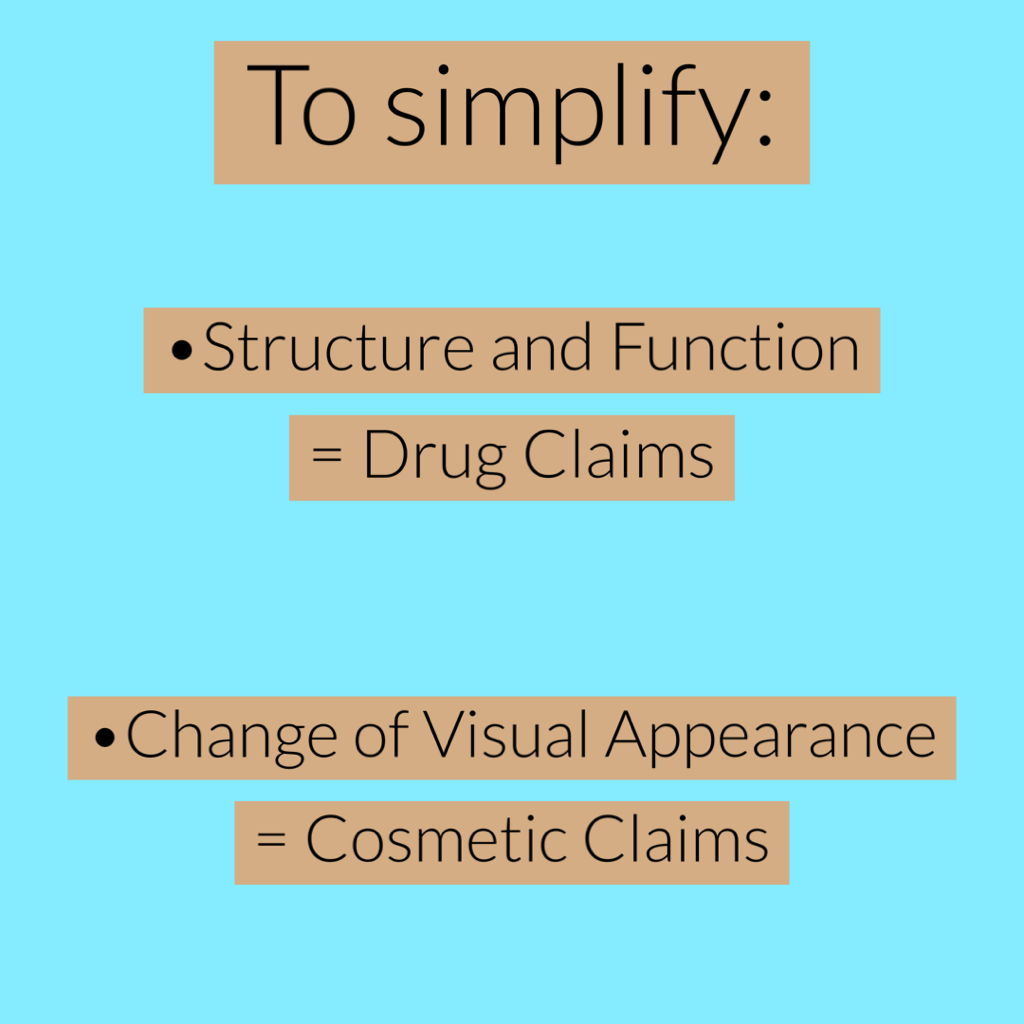Introduction to CosmeticsWelcome to the first post in my Introduction to DIY cosmetics series. This post is going to lay down the foundation (pun intended) for all the future posts. Let's dive in! What are cosmetics?
First, there is also a big misconception. Many people think that cosmetics is just makeup. And that is not true; it is broader than that. It includes skincare, haircare, nail care, nail polish hair removal, self-tanning products, and intimacy products. Now that we got that out of the way. In simple terms, it is a product that can be applied to the skin, hair, and nails that improves the appearance. Well, what does this mean? This means that anything that we can't make a product that is intended to treat anything. This is because it would be classified as a drug. For a more detailed definition, I went on the FDA website. For people who don't know, it is the Food and Drug Administration for the U.S. "How does the law define a cosmetic? The Federal Food, Drug, and Cosmetic Act (FD&C Act) defines cosmetics by their intended use, as "articles intended to be rubbed, poured, sprinkled, or sprayed on, introduced into, or otherwise applied to the human body...for cleansing, beautifying, promoting attractiveness, or altering the appearance" [FD&C Act, sec. 201(i)]. Among the products included in this definition are skin moisturizers, perfumes, lipsticks, fingernail polishes, eye and facial makeup preparations, cleansing shampoos, permanent waves, hair colors, and deodorants, as well as any substance intended for use as a component of a cosmetic product. How does the law define a drug? The FD&C Act defines drugs, in part, by their intended use, as "articles intended for use in the diagnosis, cure, mitigation, treatment, or prevention of disease" and "articles (other than food) intended to affect the structure or any function of the body of man or other animals" [FD&C Act, sec. 201(g)(1)]." *(FDA) *This was taken directly for the website* For our purposes, we are not going to talk about the gray area. If you are not selling anything, the gray area will not matter. Why? It is because we are not going to be formulating over-the-counter drugs or medical-grade skincare. We are going to stick the strict definition. If you are going to be making your cosmetic line, I think it is valuable information. Now I HAVE to address this. DO NOT MAKE THE DIY PINTEREST Makeup/skincare/treatment. They are NEVER as good as they promise. Most of them do not go in-depth enough to be reliable. And do not follow any formulation principal. Summary: We will only be making cosmetics. Any of the products will not be treating anything. Do not make any Pinterest DIY. *I don't know the laws and regulations in other countries.* Further Reading (with Link): www.fda.gov/Cosmetics/ComplianceEnforcement/WarningLetters/ucm081086.htmhttps://www.fda.gov/Cosmetics/ComplianceEnforcement/WarningLetters/ucm081086.htm Updated: 9/12/20  This work is licensed under a Creative Commons Attribution-NonCommercial-ShareAlike 4.0 International License.
2 Comments
There are mainly two types of cosmetic pigments namely Organic Pigments for Cosmetics & Personal Care and Inorganic Pigments for Cosmetics & Personal Care. The inorganic pigments such as chromium, ultramarine, and iron oxides, etc. are frequently used by cosmetic product manufacturers in South East Asia. There are white pigments such as titanium dioxide and zinc oxide that are a part of virtually all cosmetics. These inorganic pigments are comparatively more opaque and are resistant to solvents which are some of the reasons why they are used for cosmetics and personal care.
Reply
Zack K
7/9/2019 10:09:28 pm
Thanks for sharing! (Will read the link) I go into more detail about pigments on my Color theory for Formulators post available in my Diamond level membership blog. 🤗
Reply
Leave a Reply. |
Disclaimer!You are at your own risk when making anything from this blog. I am not liable for any mishaps that may occur. I do my best to include everything in the procedure so, that accident are less likely occur! Archives
June 2024
Categories
All
|


 RSS Feed
RSS Feed